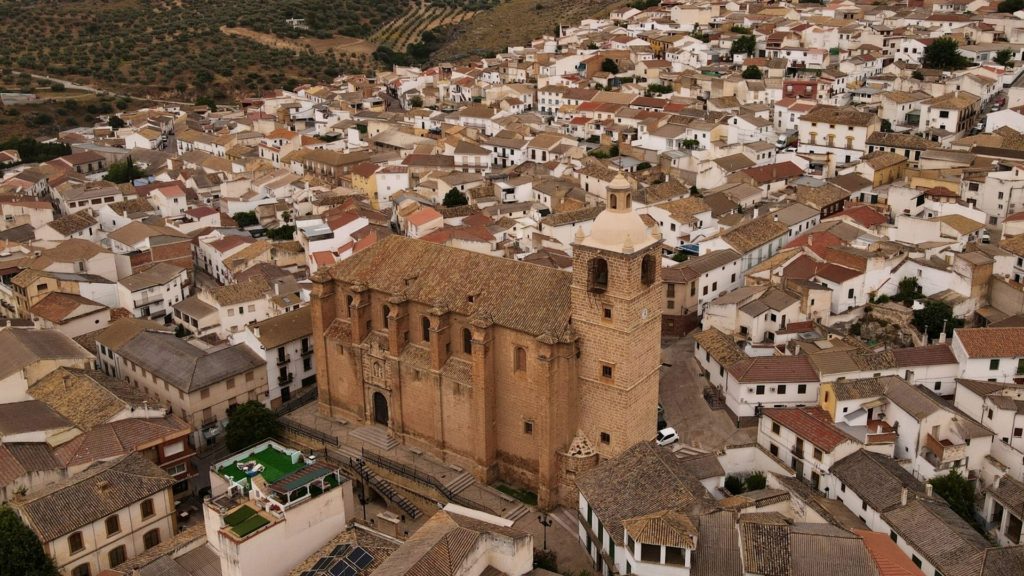The Church of the Encarnación was started constructing in 1541, with the works of the major chapel and the tower under Diego de Siloé’s supervision, on a lot that was probably occupied by a mosque first and by a Mudejar church later. During the XVIIth and XVIIIth century there are constructed the vaults of the ship and the choir, works attributed to Juan de Maeda. The style that prevails in the temple is Renaissance.
Artistically, we are in front of a sober but monumental temple, with two front pages that allow the step the interior, placed the feet, more ancient, it was realized by Juan de Maeda. The wings, of stylization manierista, stand out for the sculptural group of the Annunciation, two images of bundle, placed of classic form and with great expressiveness. The temple is of rectangular ship divided in four fuzzes for pilasters that finish off in a cornice that crosses the whole church. The tower that raises behind the head-board is a simple high and massive prism
CURIOUS INFORMATION
The File of Íllora’s Parochial church is rich and contains documents from the 16th century, but until the 70s, this documentary wealth was not known, since the whole ancient bottom of the file was secret, hidden, after a hollow in the wall of one of the chapels. Cristobal Martin, the sacristan, was who found it and rescued it.
BIOGRAPHIES OF WOMEN IN THE ECCLESIASTICAL ARCHIVE
In the archive discovered in the 70s there is an important documentation from which information regarding the slavery of the Moors can be extracted. Among them are the biographies of a large number of women and girls who arrived in Íllora after being bought as slaves after the rebellion of the Alpujarras in 1568, as happened to the Moorish Magdalena, bought by Antonio de Rozas, a resident of the town of Íllora and that she had participated in said Rebellion. Magdalena was bought together with her daughter Xinexa, who shortly after her arrival in Íllora, according to the documents, was sold for 10 ducats and separated from her mother. Magdalena, at least had another son named Baltasar, whose baptismal certificate is preserved and indicates “Baltasar son of Magadalena Cabtiva by Antonio de Roças. He was not known father. ” Magdalena is one of the dozens of women whose biographies are documented in the Ecclesiastical Archive, and who can be studied through the works of D, Antonio Verdejo Martín.



